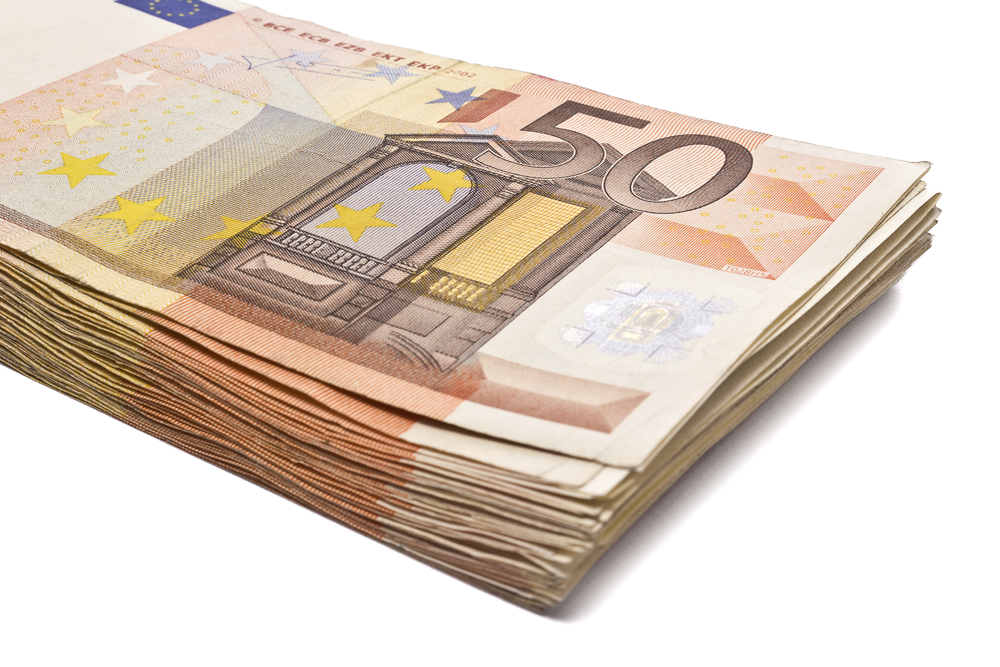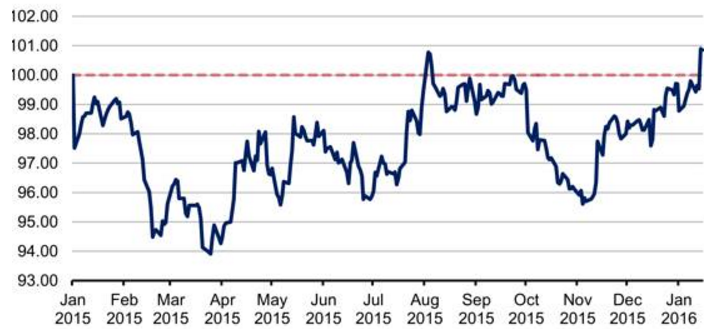Euro Gains despite QE Programs

Please note that we are not authorised to provide any investment advice. The content on this page is for information purposes only.
When we look at many of the financial media headlines over the last year, we have seen a good deal of attention focusing on the declining valuation in the Euro. However, when we take a closer at specific valuations in the Euro, we can see that this is not necessarily the case.
When we look at many of the financial media headlines over the last year, we have seen a good deal of attention focusing on the declining valuation in the Euro. However, when we take a closer at specific valuations in the Euro, we can see that this is not necessarily the case.
Against the US Dollar, the Euro has reached uncharted territory and it continues to hover near parity against the greenback. As far as the financial media is concerned, this translates to broad weakness in the Euro. However, when we look at the shared currency against a basket of its most commonly traded counterparts, a very different picture starts to emerge. Here, we will look at some of the specifics when assessing the true value of the Euro in the current market environment.
Chart Perspective: Relative Values in the Euro
Source: FiboGroup
In this visual chart example, we can see that the Euro is actually gaining against the weighted value of its most commonly traded counterparts. This is significant because it means that the quantitative easing measures implemented by the ECB have not had their desired effect. Monetary stimulus programs typically bring selling pressure to a currency because there is literally more of that currency active in the financial system.
If we think back to our ECON101 classes, the rules of supply and demand suggest that more of an item available for public sale should lead to lower market valuations. In the current environment, this has not been the case and this ultimately indicates that the ECB will need to enact additional measures in order to bring some supportive stability to the region.
Increasing Exports with Currency Values
From a practical perspective, a lower currency is something that can generate larger export sales from foreign consumers. Therefore, it is not entirely surprising that the ECB would want to enact monetary policy measures that would erode some of the value of the Euro. This might come as a surprise to some but there are actually some critical advantages involved when central banks are successfully able to lower the value of the regional currency.
When we are assessing the financial media headlines with respect to the Euro, these are the essential factors involved in making an accurate determination. It can be easy to be caught up in the things being paid most attention by the financial news media. However, when we look deeper into the data, we can often see conflicting trends. The way the Euro is currently being viewed would be an example of this, and this is something that is likely to continue for most of this year.





